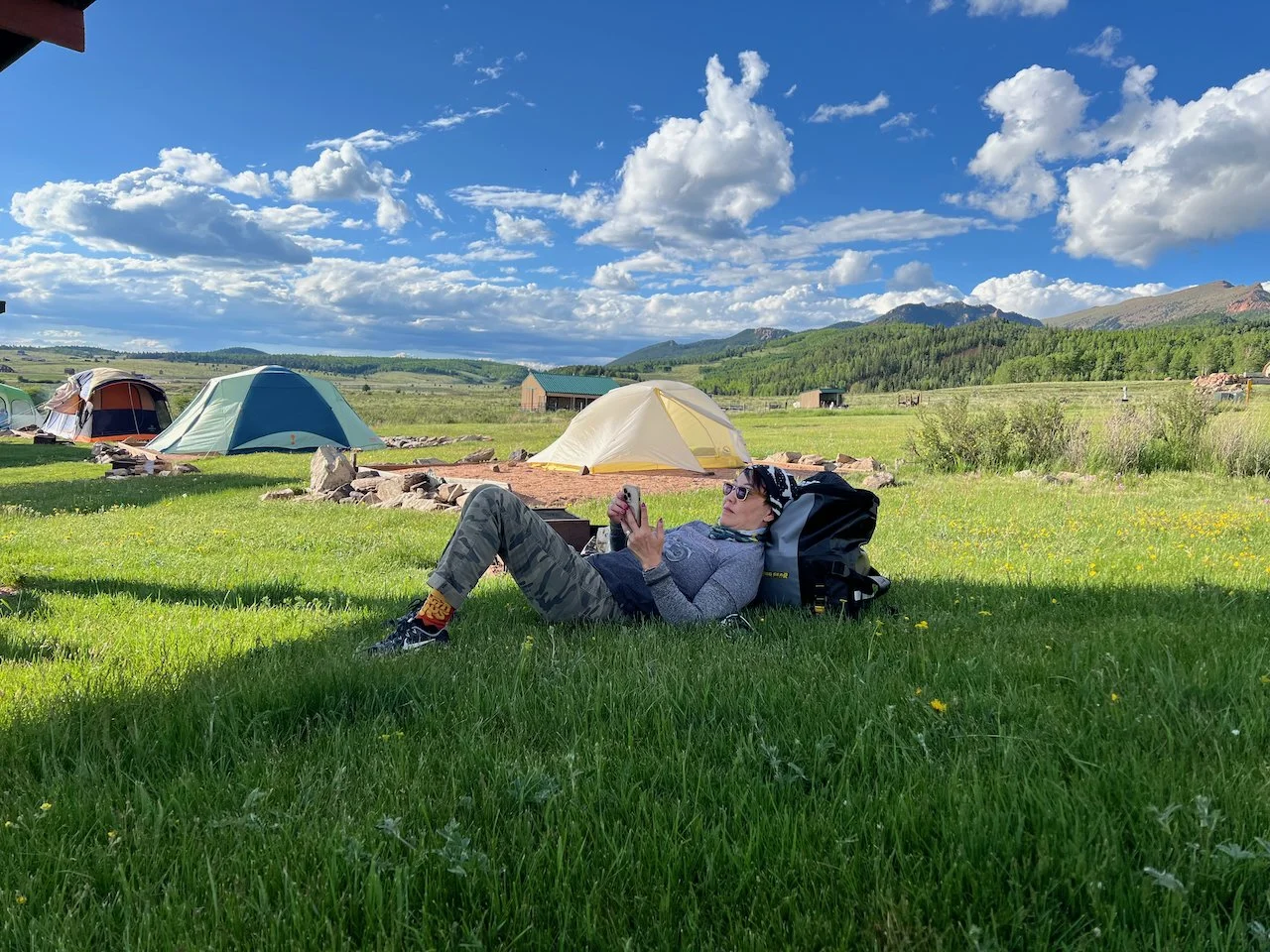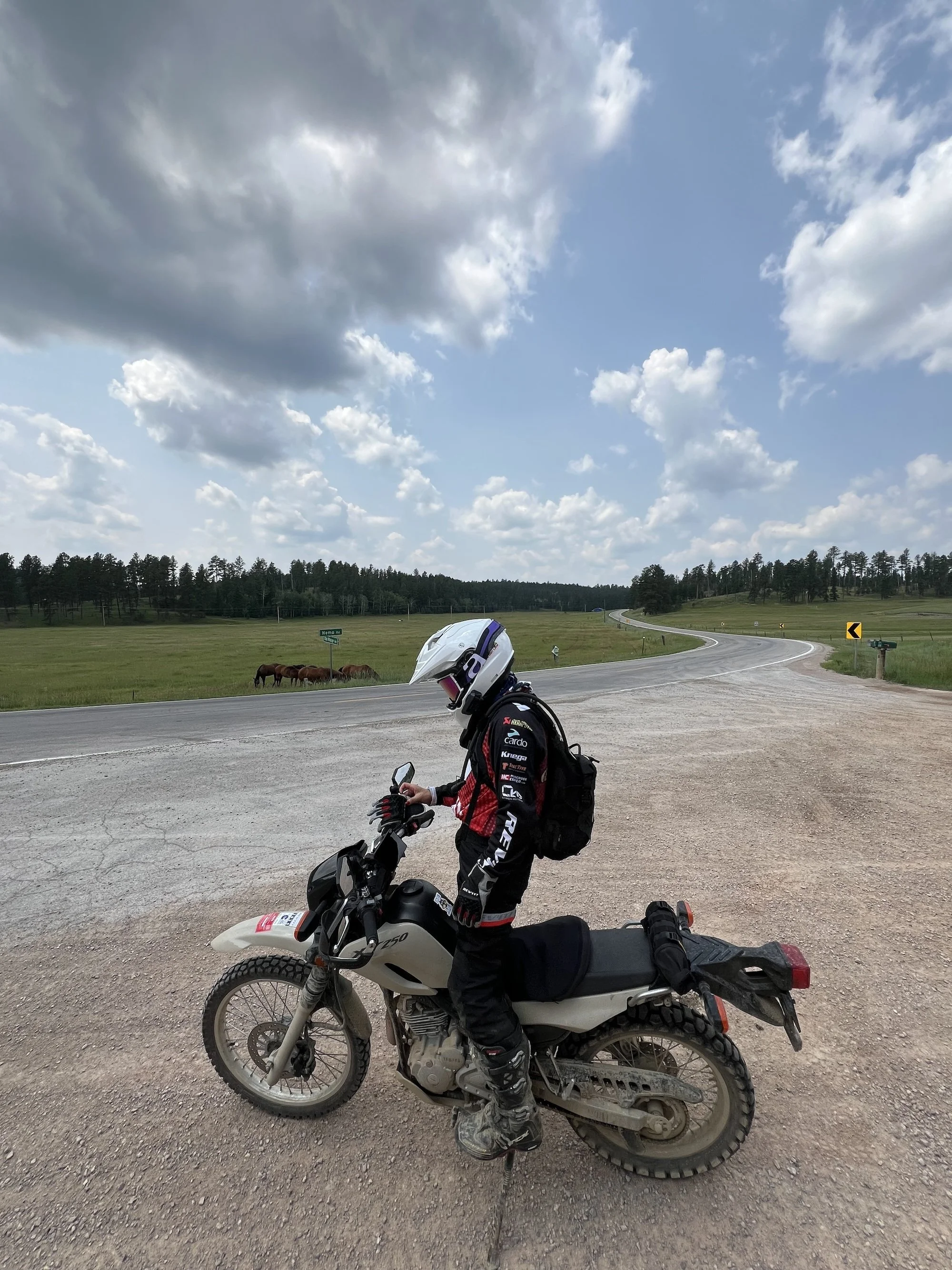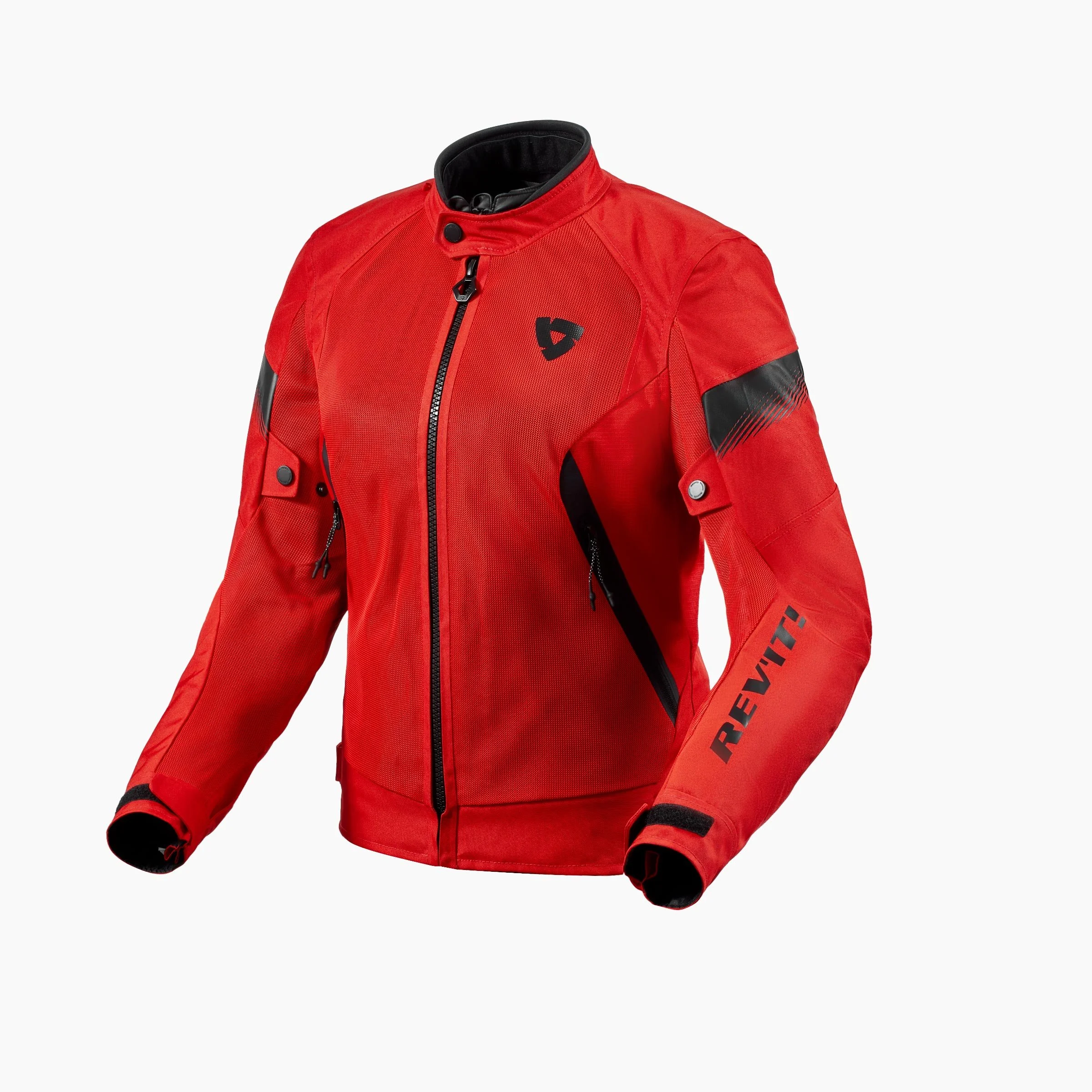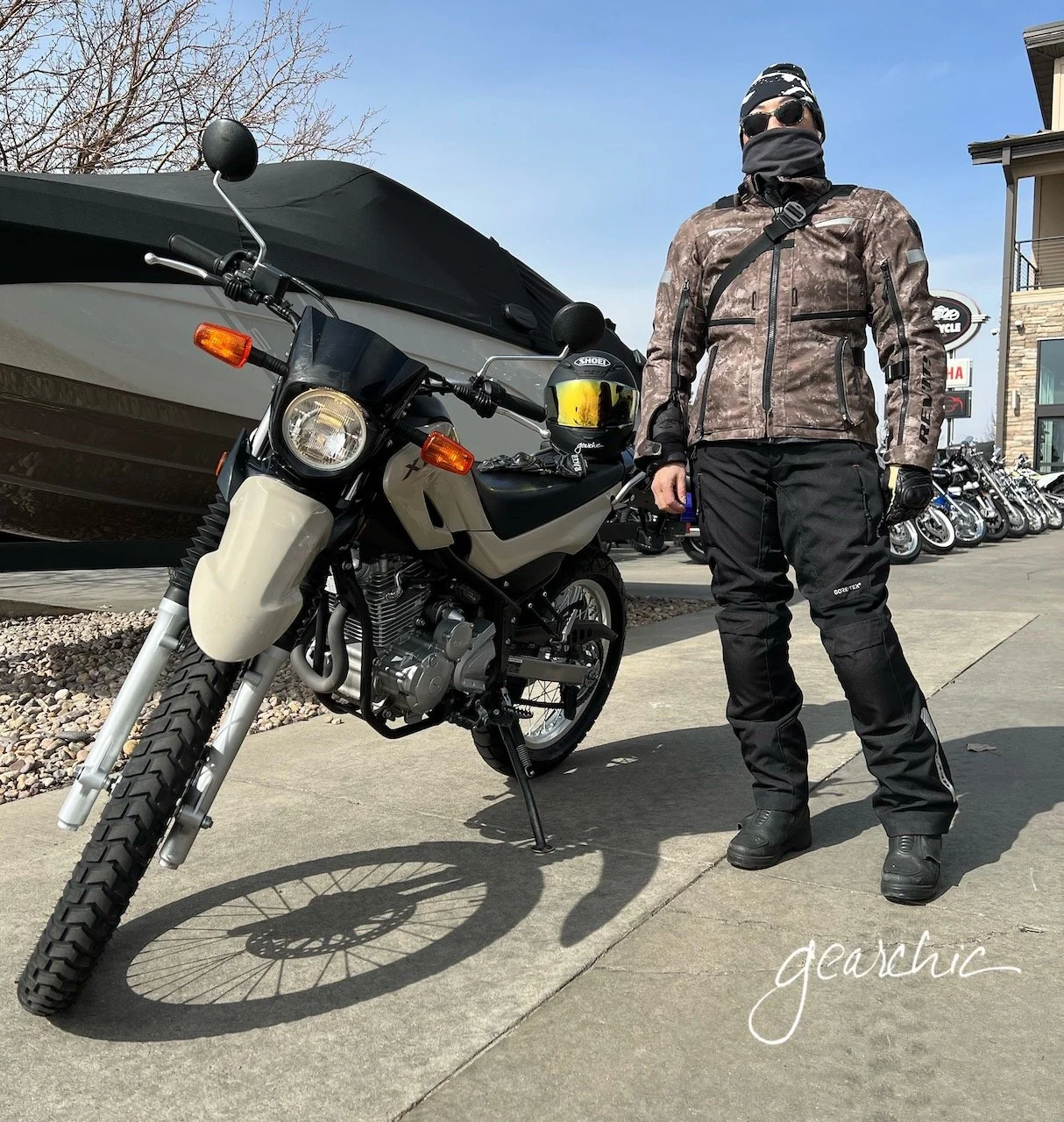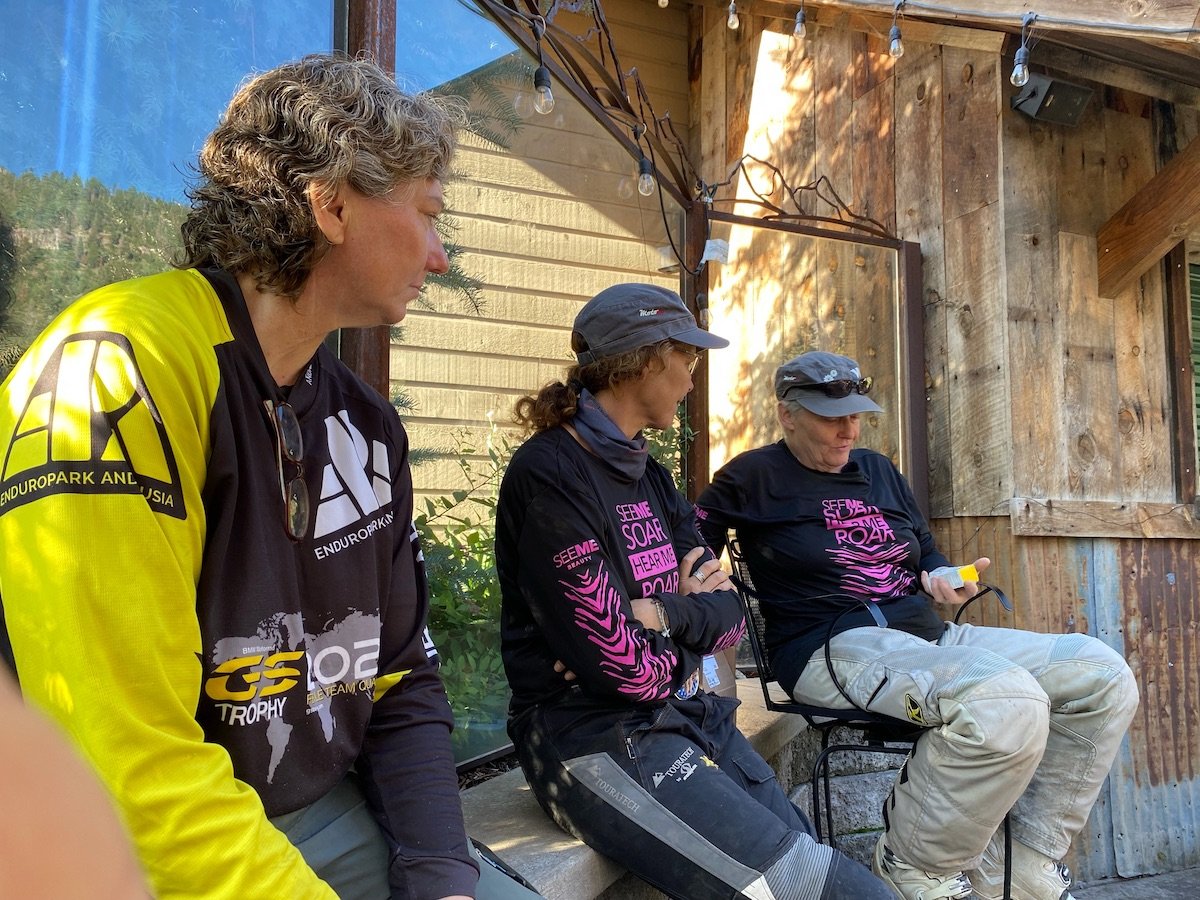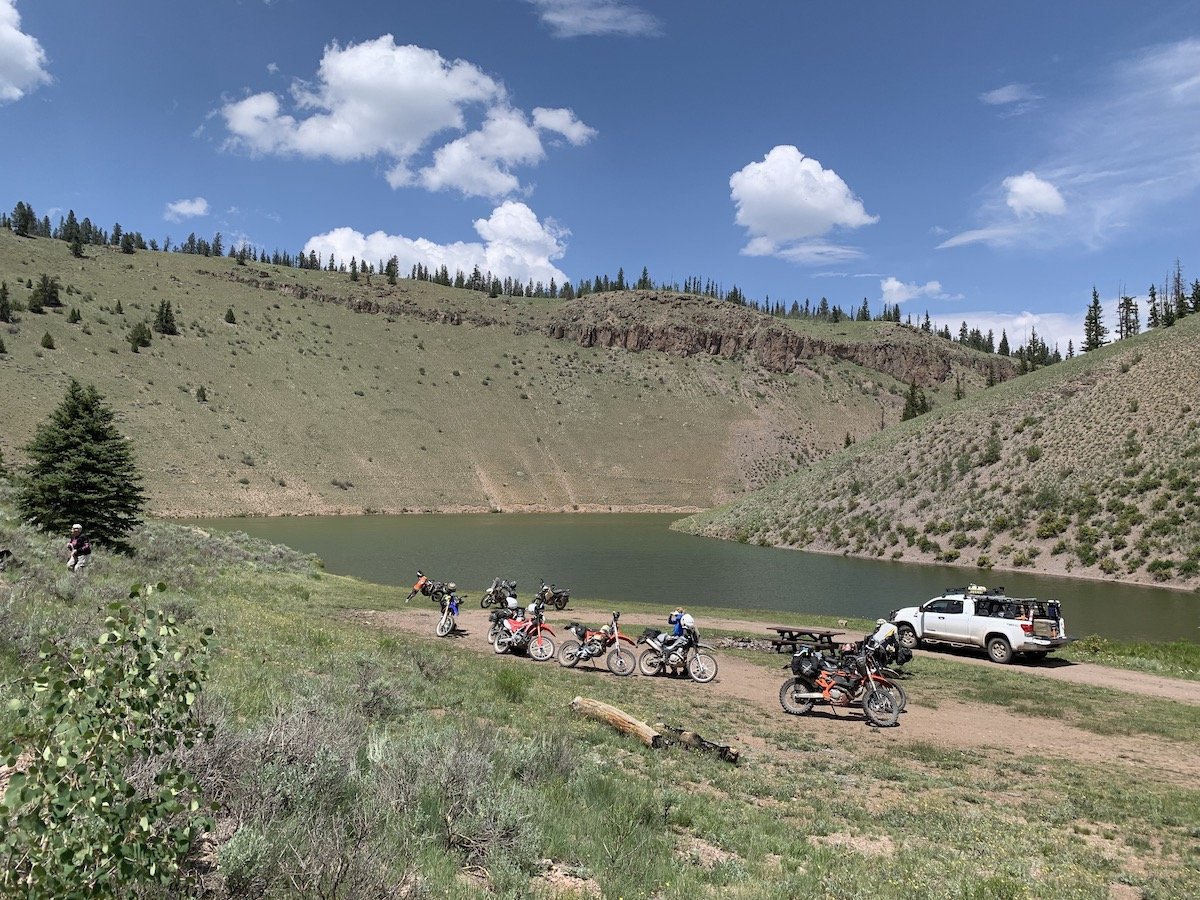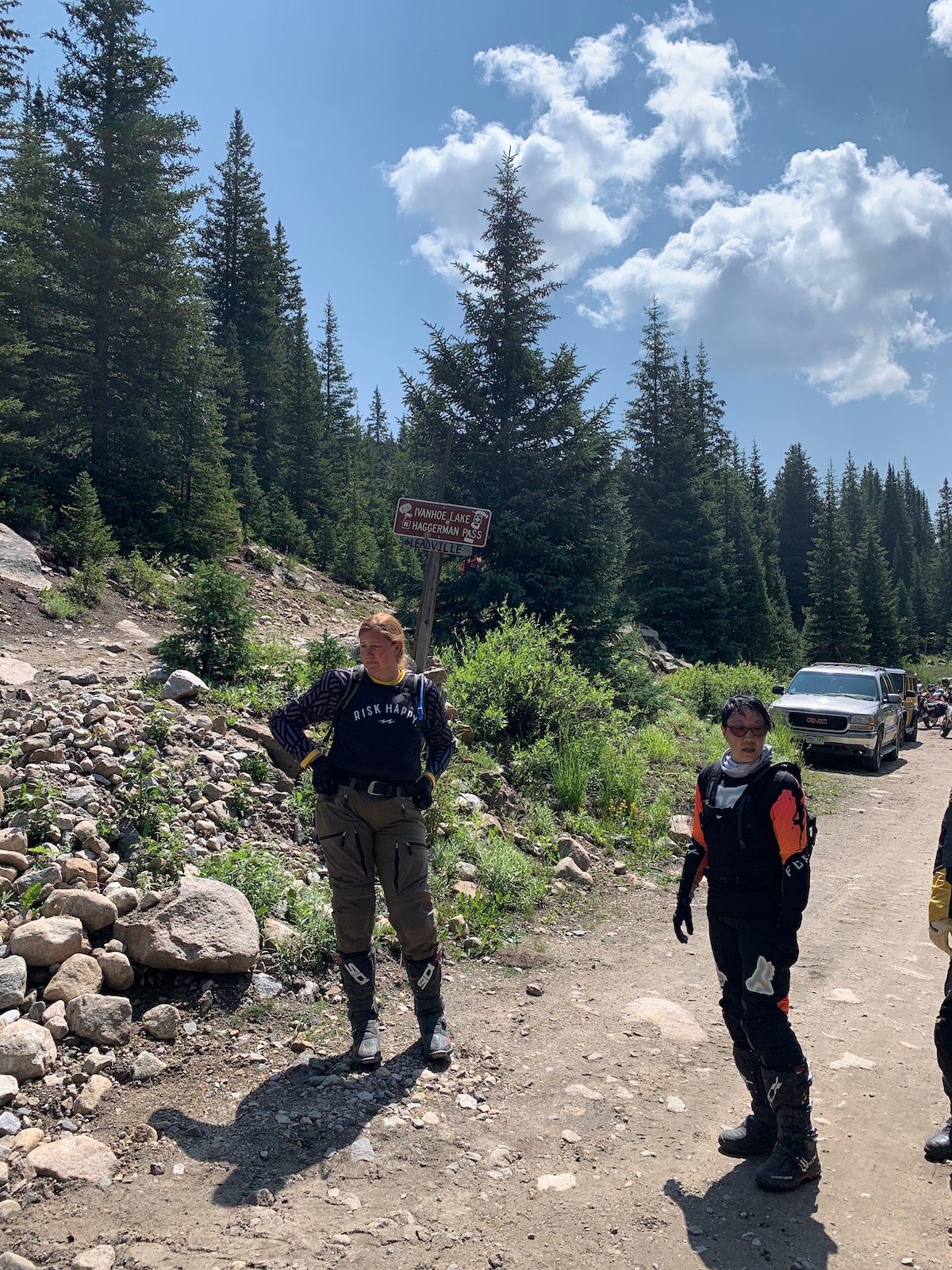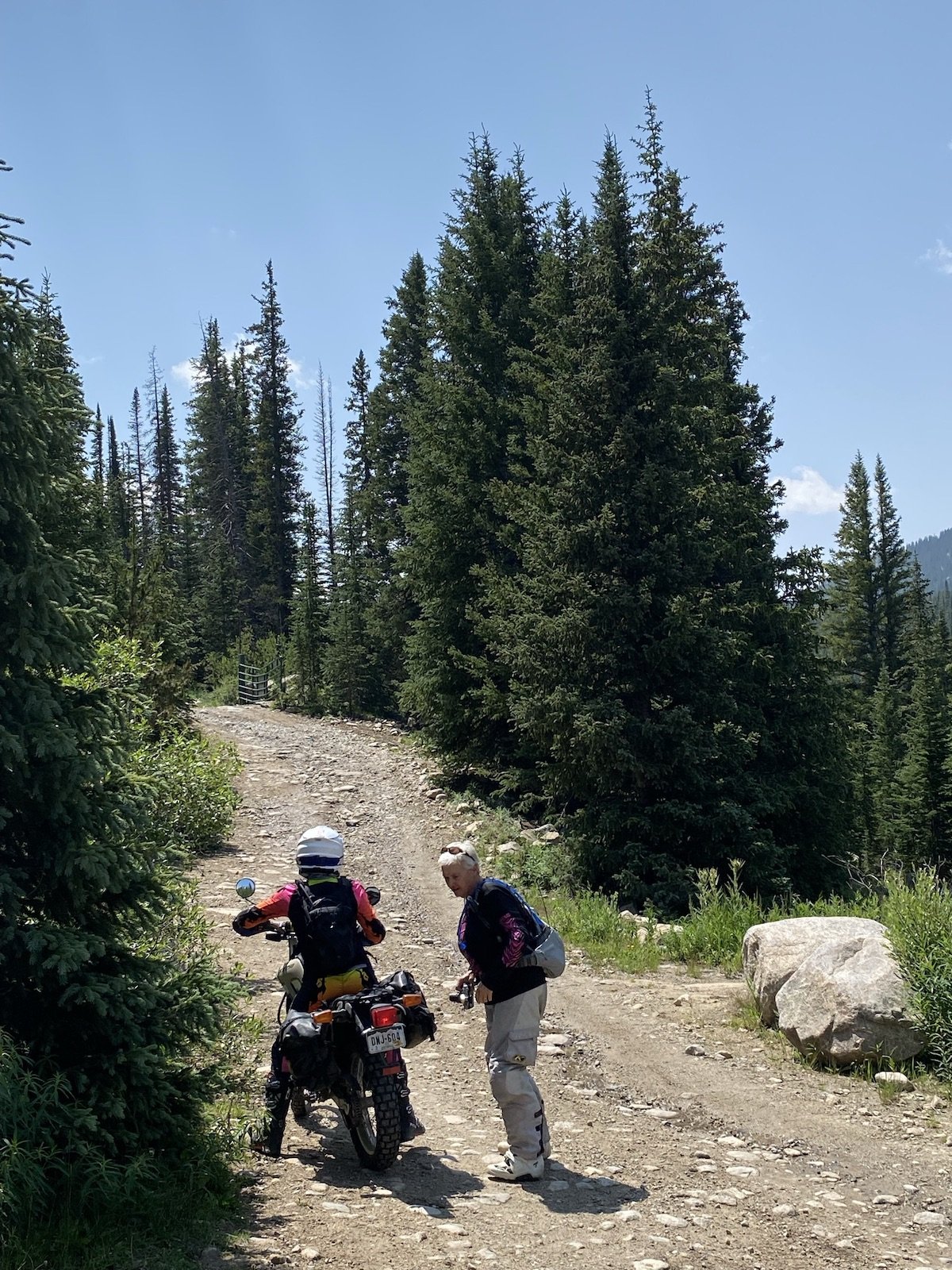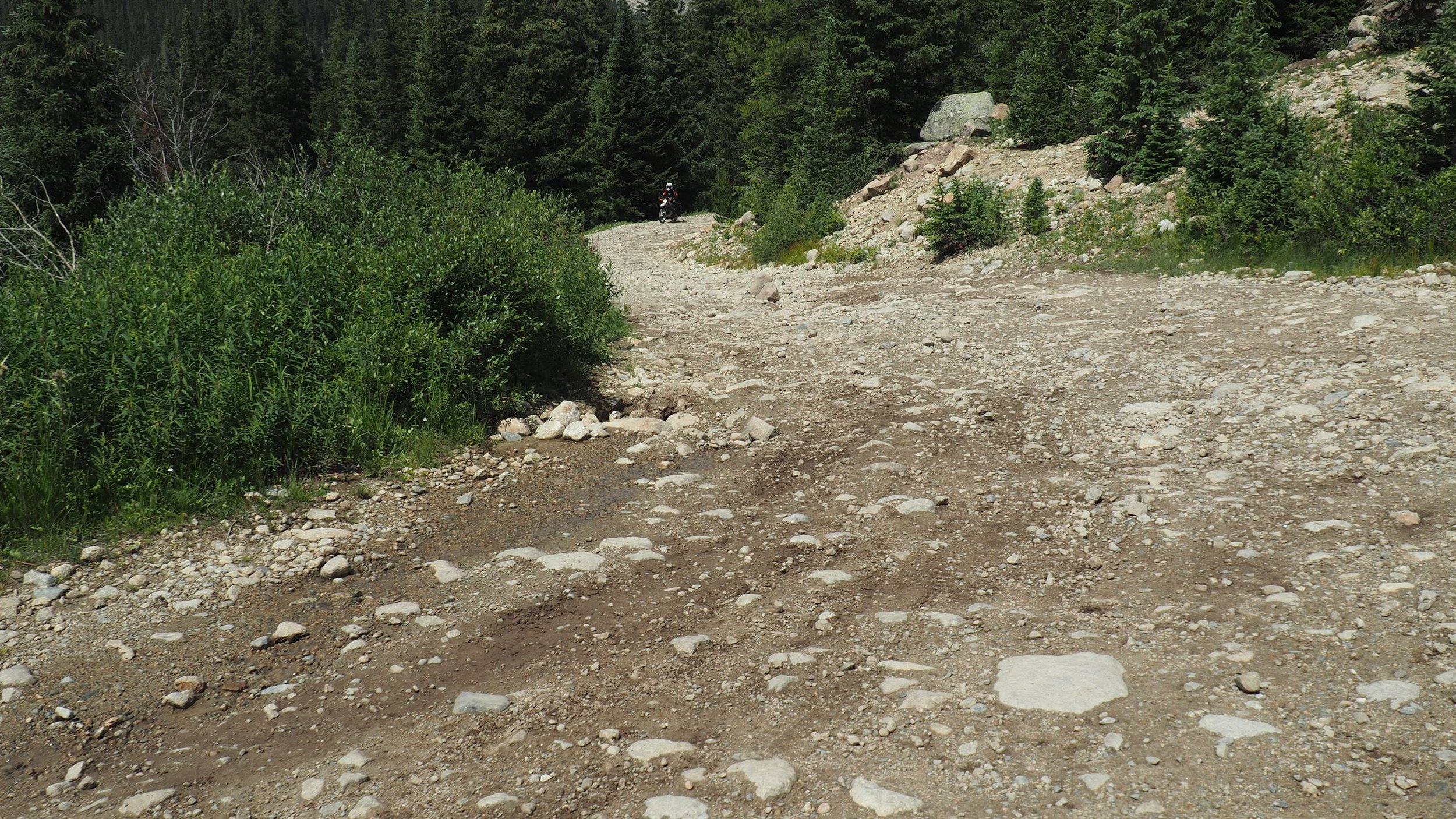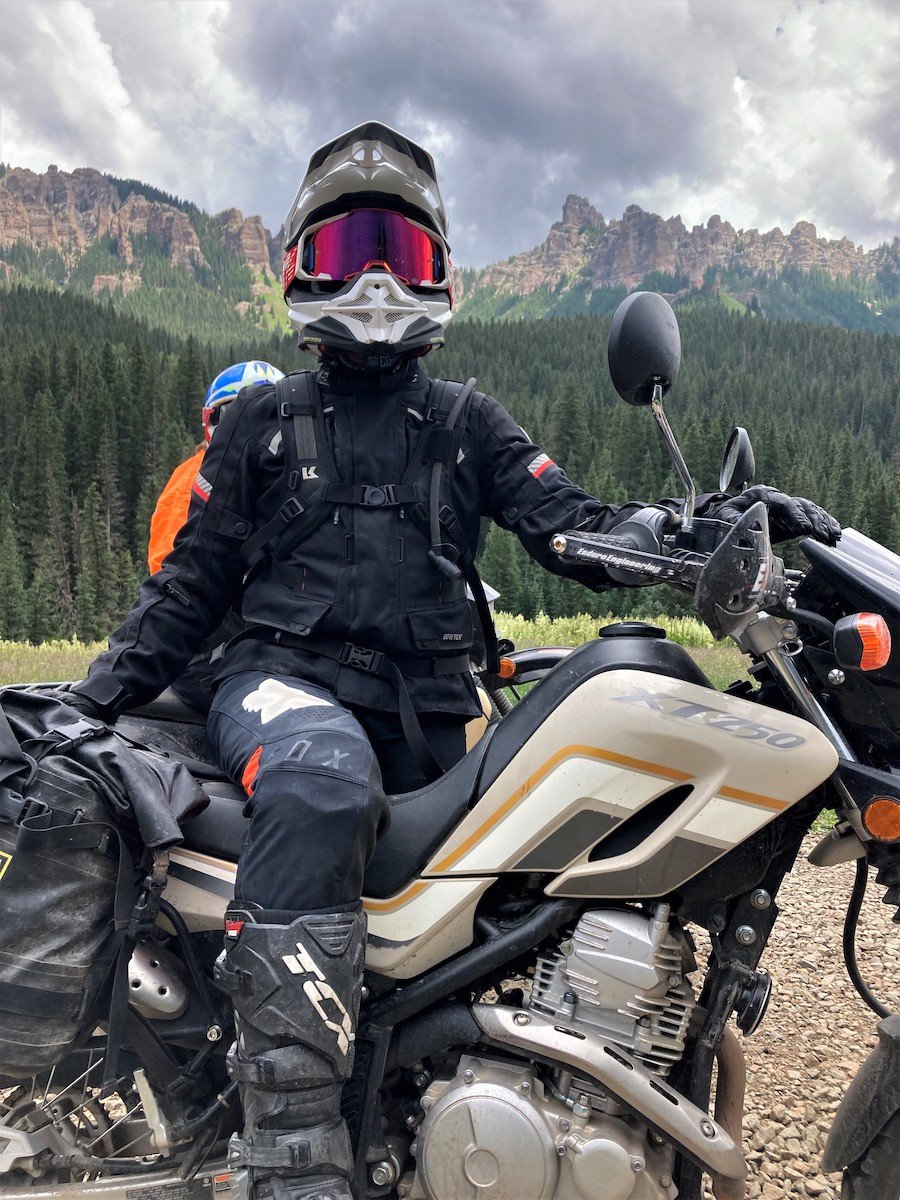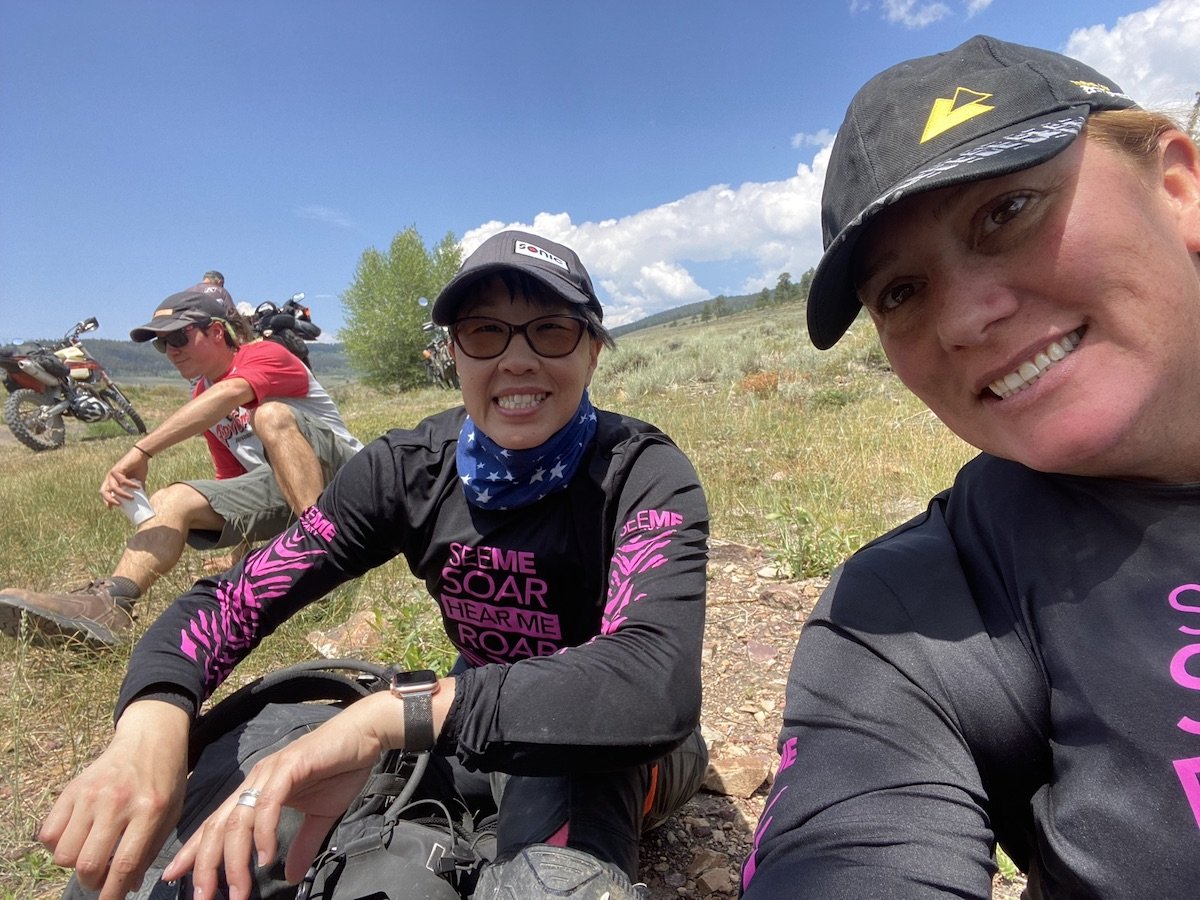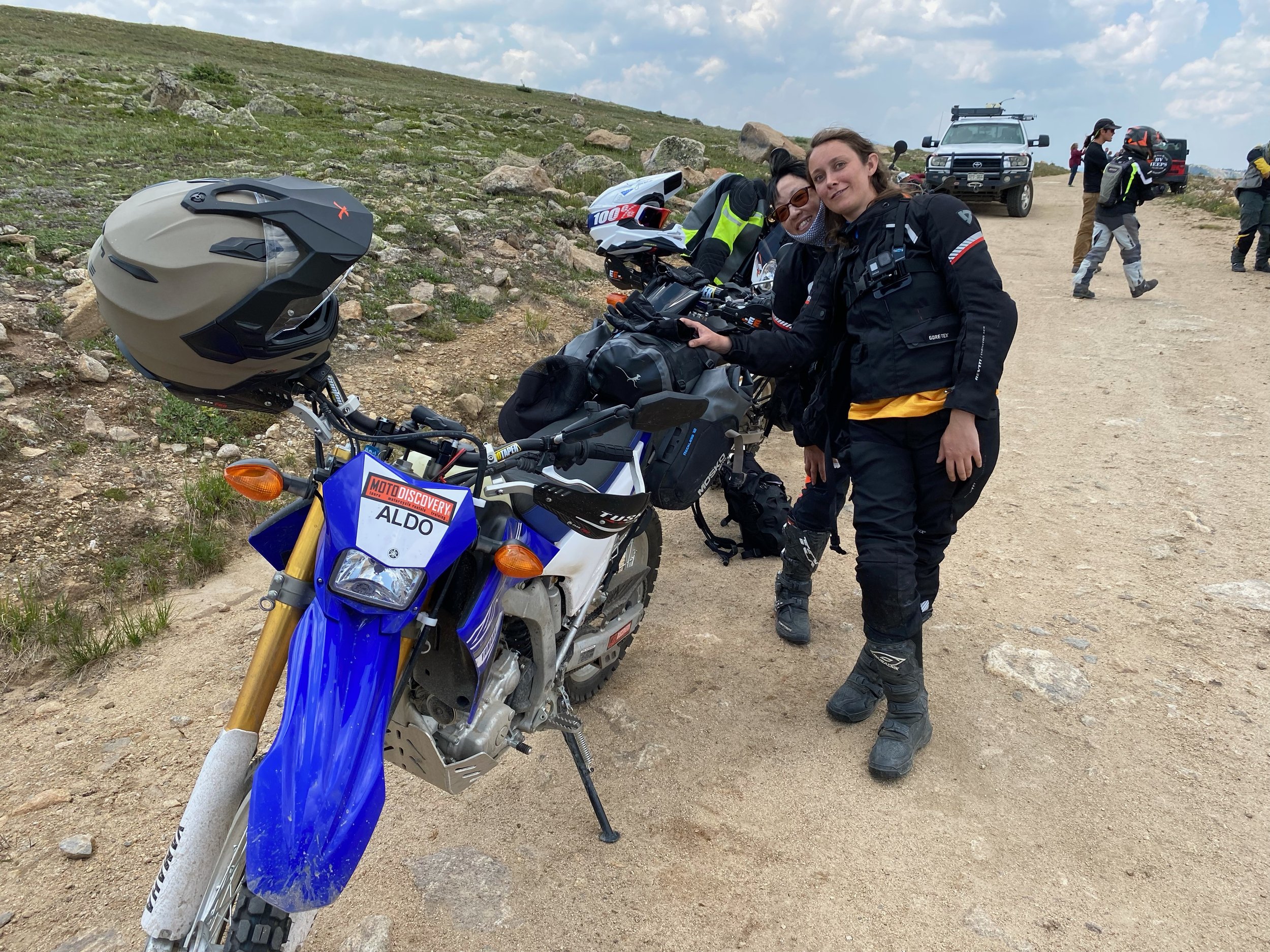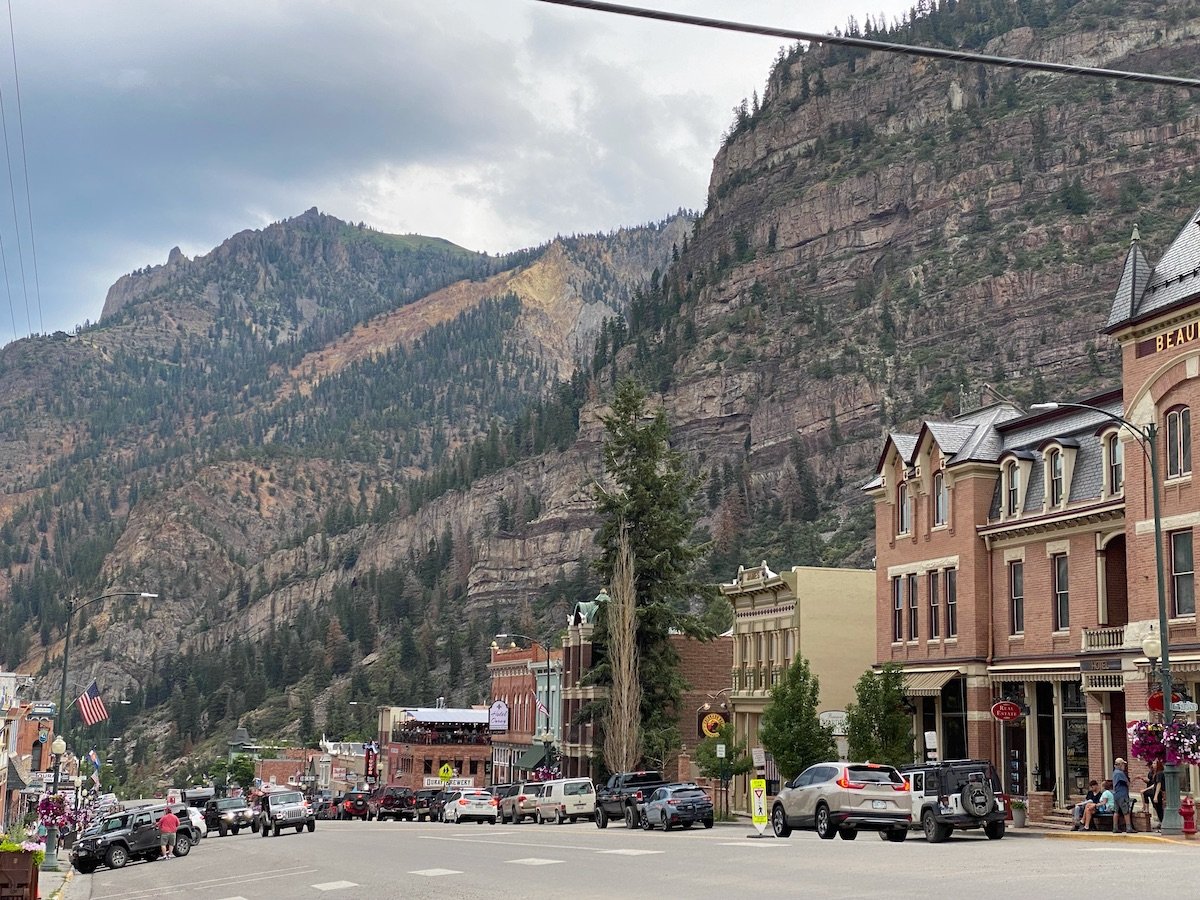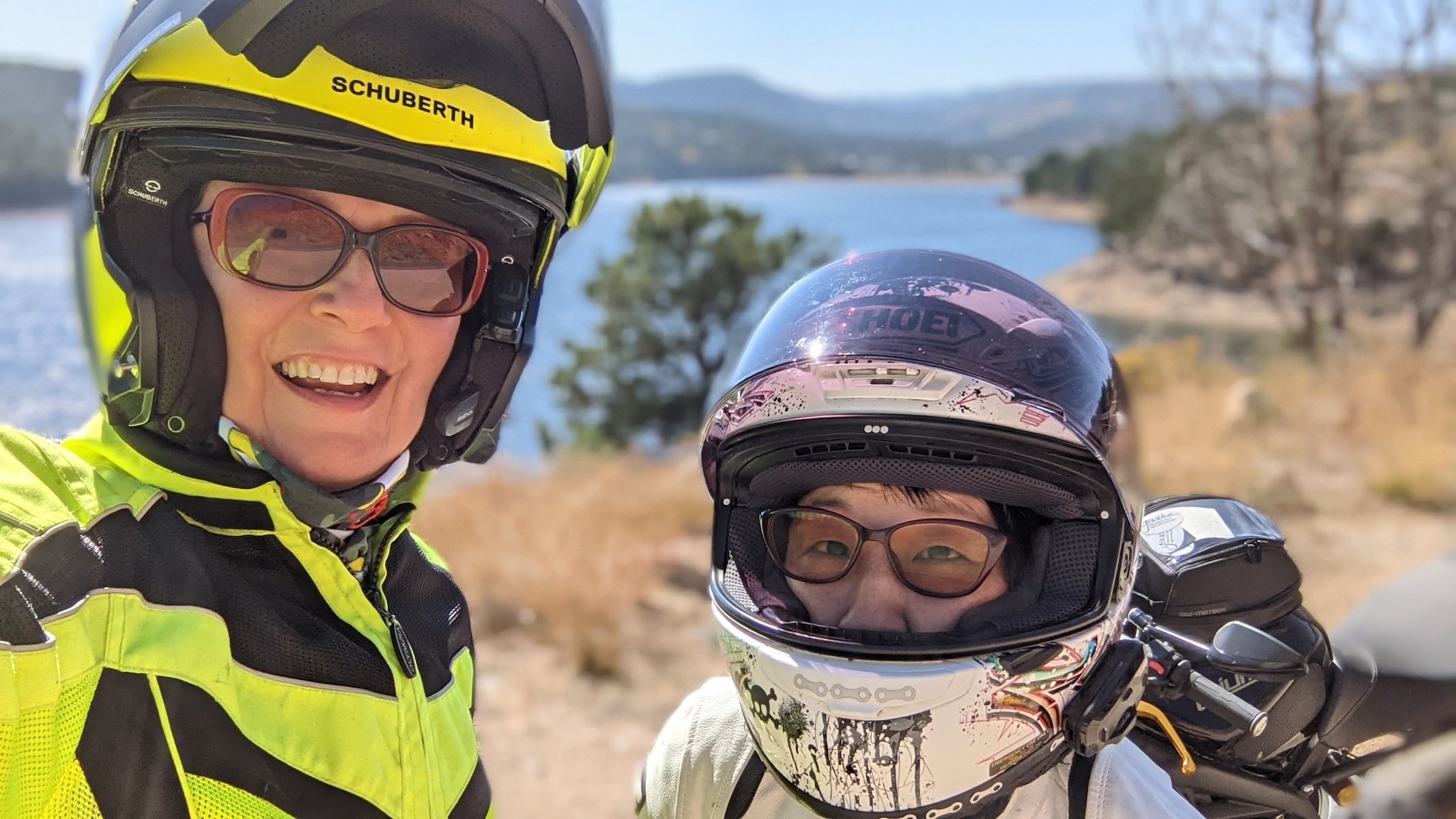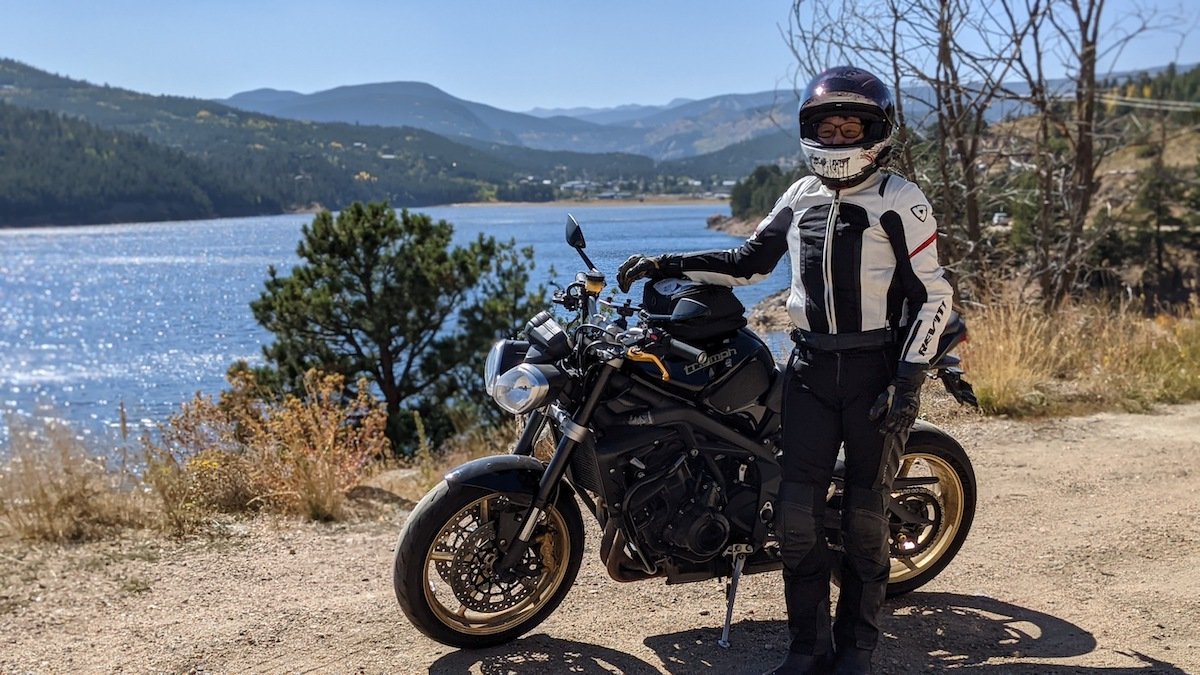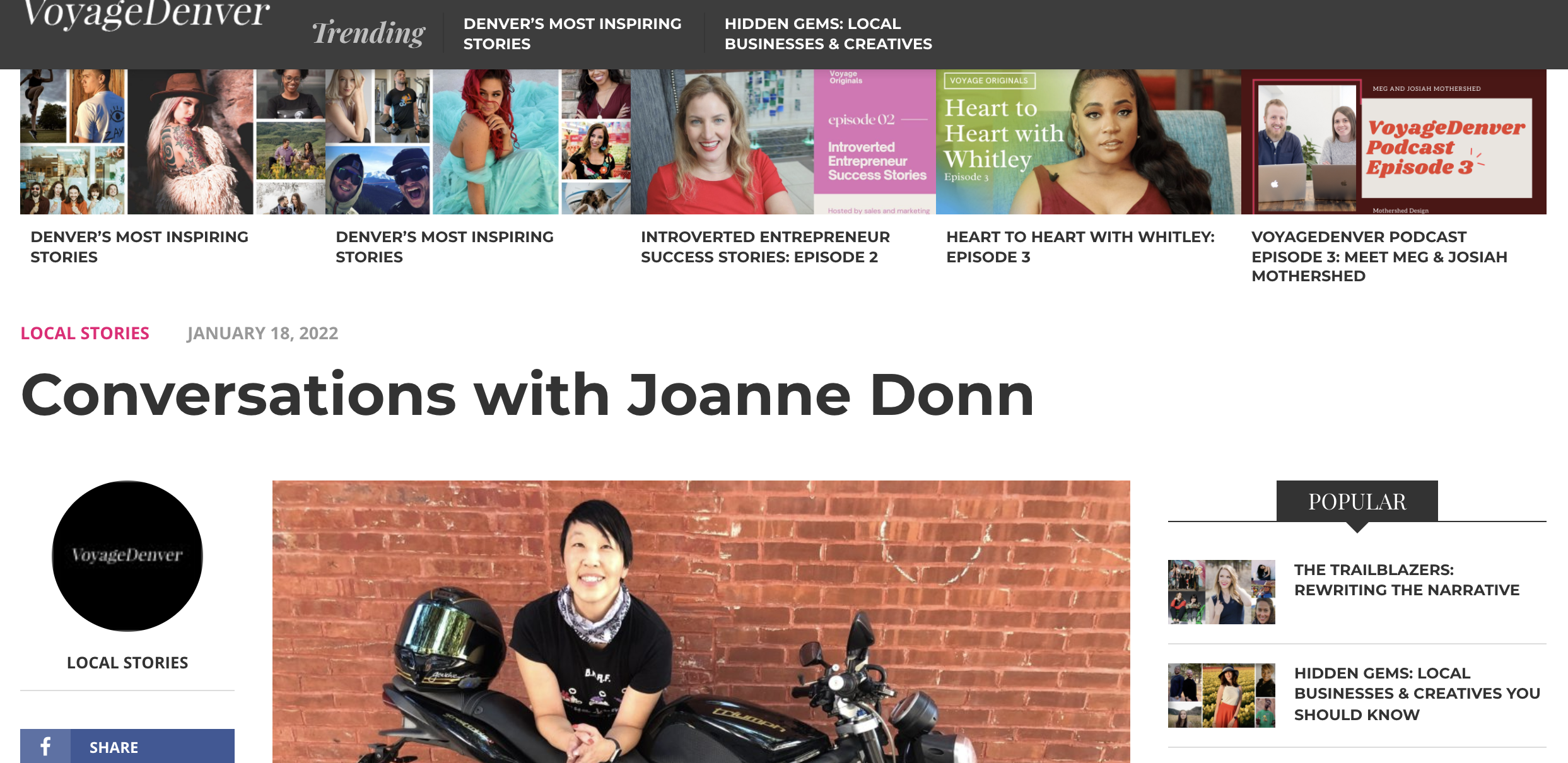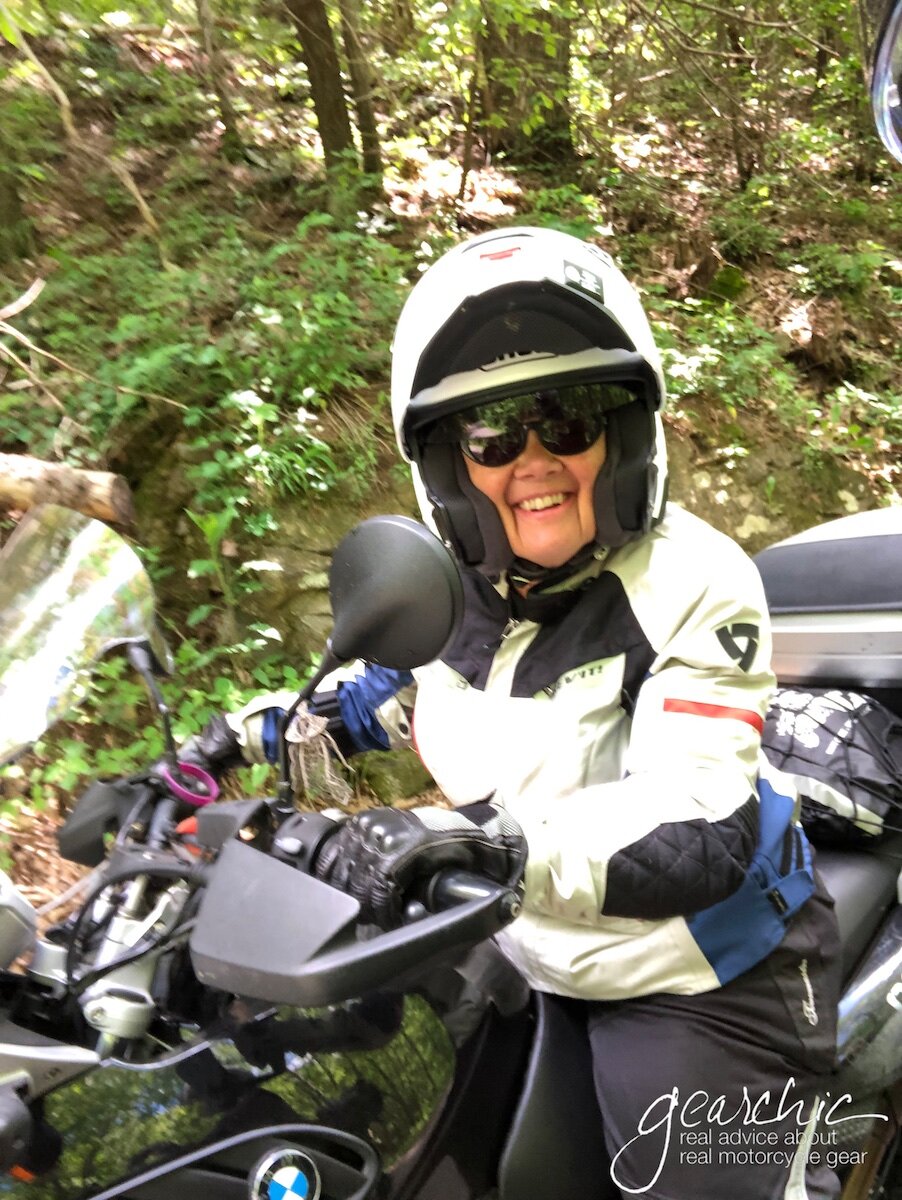I recently saw this post on Facebook from a gentleman by the name of Stuart Baker. He prefaced this post with the following text:
Since no magazine or website wants to publish this feature I've decided to forego my usual fee and publish it on here myself because I believe this woman deserves recognition for what she's achieving. Please share this post freely and perhaps, between us, we can reach a wider audience than a closed-minded magazine would anyway. -Stuart Barker
Since I totally agreed with him, I asked him if I could reproduce this article on my lowly website which makes absolutely no money but hopefully reaches a wide, female audience. I hope you enjoy his article as much as I did. GO ANA.
*********
August 8, 2018
First Lady Ana Carrasco
She's 21-years-old, stands five-foot-one, and weighs eight stone, wringing wet. But don't let that fool you. Ana Carrasco is one tough little Spaniard. She's the first woman in the 100-years-plus history of the sport to lead a motorcycle road racing world championship. She was also the first woman to set pole position and the first to win a race and, with just two rounds remaining of the World Supersport 300 Championship, she has a healthy 16-point lead – against an entire field of men.
Oh, and she's also half way through a four-year law degree and trains six hours every day. Are you starting to feel a bit inadequate? You should be. Meet Ana Carrasco – the fastest female motorcycle racer of all time.
Women have not always been welcomed in the sport of motorcycle road racing. Original regulations laid down by the FIM (Federation Internationale de Motocyclisme) in the early days of racing dictated that competitors must be ‘male persons between 18 and 55 years of age.’ This ruling didn’t apply to Sidecar racing so in 1954 the intrepid German, Inge Stoll-Laforge, caused a sensation by entering the Isle of Man TT – the biggest motorcycle race in the world at the time. She finished in a highly credible 5th position but was tragically killed four years later in a crash at the Czech Grand Prix.
By 1962 the FIM had changed its rules and allowed women to race so Beryl Swain became the first female solo rider at the TT, finishing 22nd in the 50cc race before the FIM did an about-turn and banned women again in 1963.
Despite this historical backdrop of rampant sexism, a handful of brave, determined women have persisted in blazing a trail for female riders in one of the world’s most dangerous sports. Riders like Maria Costello have scored podiums at the Manx Grand Prix (the ‘amateur’ TT) and Carolynn Sells became the first woman to win a Manx in 2009 while Jenny Tinmouth (the fastest woman ever at the TT with an average lap speed of 119.94mph) recently became the first female rider to compete in the prestigious British Superbike Championship. Germany’s Katja Poensgen won the Supermono Championship in 1998 and women have even scored points in the Grand Prix world championships, the first being Taru Rinne with a seventh-place finish at Hockenheim in 1989. But while convalescing from a crash shortly afterwards, the Finn received a letter from Bernie Ecclestone (who, at the time had a heavy, but thankfully short-lived, involvement in motorcycle racing) informing her that she was ‘not qualified’ to compete the following season.
Clearly, nothing had changed. Despite occasional outstanding performances by women in the male-dominated sport of motorcycle racing, by the start of the 2017 season no female had won a world championship race - perhaps unsurprisingly given the additional barriers they faced.
But that all changed at Portimao in Portugal on Sunday, September 17, 2017 when a 20-year-old Spanish rider called Ana Carrasco came out on top in an epic drag race to the finish line in the World Supersport 300 Championship race. In doing so, she became the first woman in history to win a motorcycle road racing world championship race. And while the significance of the moment wasn’t exactly lost on Carrasco, she thinks like a racer first, and a woman second. ‘At the time I was not thinking about the significance of this’ she says.
‘I always just try to ride as hard as I can and try to achieve results – I don't think about being a woman. So, in that moment I was just happy because I'd won the race but after some days I start to realise what I had achieved. It's important that a woman can be fighting for the victory in the world championship because it's good for other girls to see that this is possible.’
After finishing the 2017 season in eighth place overall, Carrasco came out of the traps ready for a proper fight in 2018, setting pole position at Imola, winning the race, and taking the lead in the world championship. After another win at Donington Park in England, Carrasco now has a 16-point lead with just two rounds of the championship remaining. This makes her the first woman ever to lead a motorcycle racing world championship.

